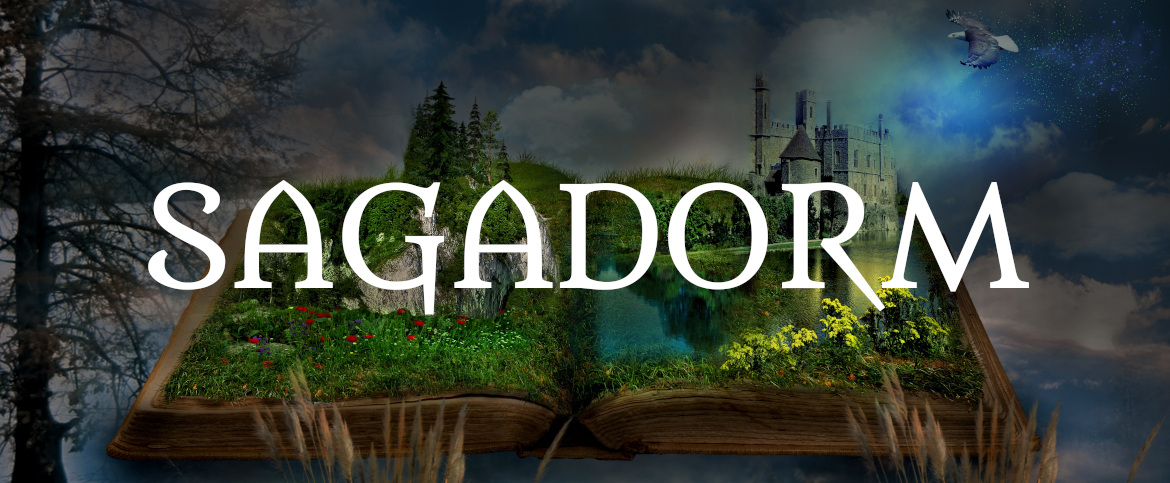The Evolution of the Printing Press {WASC 2021}
No technology surrounding the written word and its dissemination caused a more significant impact on the world of Sagadorm than the printing press.
Pre-printing press transcription
Before the invention of the printing press, there were two ways to duplicate the written word. The first was by the hand of scribes who copied word for word from one book to loose papers to be bound together. Of course, this was a very time-consuming and expensive method of book creation.
A fairy, Ignatios Ermis Raptis of Yitonlimnon, created a magical process on which ink from one sheet of paper could be magically imposed upon a second link piece of paper. This process preserved the original copy of the book being replicated. It consumed the same amount of raw materials as a scribe would. The only change was the speed at which the ink was placed on the page. While faster, this method required a great deal of magic and had not significantly increased the rate at which books could be replicated or reduced the costs.
The Printing Press
The first machine to claim the title of the printing press was invented in Grundynge. Instead of copying the image of the single sheet of a book to another single sheet of paper, a fairy named Jean Boncuer magically transformed a sheet of metal to have raised letters and lines to replicate the image. Then, using rollers to spread ink upon these raised letters and etchings, the paper placed the metal sheet. A large sheet of metal that could accommodate the text of many sheets of paper was used and pressed against large blank sheets. After being produced, a bookmaker could then fold the pages, cut the edges and bind them all together in the same manner as a traditional book.
As the years moved on, the process of printing books changed little. The metal plates continued to be engraved with magic. The process became more efficient as creating each plate required less magic. Manufacturing improvements included the speed the press could print each sheet and the materials and craftsmanship of the final book.
Due to the use of magic, it appeared that the fairies controlled the publishing of books. They had the best printers and plate makers. Non-magical individuals were relegated to the more manual part of the process and could not create the plates.
Movable Type
Scribes continued to handwrite all book manuscripts. The papers prepared before the metal transformation was in fact, written by hand. Maggie Shirley Roy Roy worked as a scribe preparing manuscripts to be transferred to the metal plates. Maggie observed that only one scribe could write out an entire book to maintain consistent penmanship. Scribes were a bottleneck in the process. Some scribes were very popular due to their quality of handwriting.
Maggie devised another way to put the information on the metal sheets instead of using magic and, in doing so, compact more words on the printed page. She called this invention "Movable Type."
With the help of a jeweler, she developed tiny rods that each contained one letter, punctuation, or space on their tip. With hundreds if not thousands of these individualized letters, she put together tightly packed written information on one page.
The benefits of this new Movable Type method of the printing press included the following:
- Magic was no longer required to create the large plates previously used.
- Smaller books contained more compacted information using the smaller type. Prices of books dropped as the amount of paper needed and the size of respective books shrunk.
- Many typesetters could prepare different portions of the same book speeding up the time to print.
- Movable Type removed the need for magic during the book manufacturing process.
Some downfalls included the loss of the metal pages of the book. The typesetters dismantled the Movable Type settings after each page. If another printing of a book was desired, the Movable Type settings had to be recreated. Some printers created traditional metal sheets by transferring the image from a printed page to metal before binding the books.




Comments